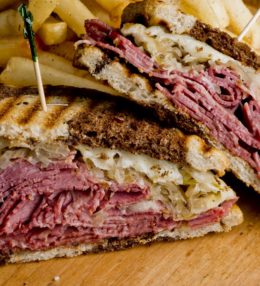Navigating Social Security Food Assistance in the USA: What You Need to Know
Hey there, folks! Are you facing tough times and in need of a helping hand to put food on the table? Well, you’re not alone! In the United States, there’s a safety net in place to provide support to individuals and families in need through social security food assistance programs. Today, we’re diving into the world of social security food assistance in the USA to help you understand what it entails and how it can make a difference in your life. So, let’s get started and explore this essential resource together.
Social security food assistance programs in the USA aim to ensure that vulnerable populations have access to nutritious food, regardless of their financial situation. These programs are designed to supplement the food budgets of low-income individuals and families, helping them afford groceries and maintain their health and well-being.
One of the most well-known social security food assistance programs in the USA is the Supplemental Nutrition Assistance Program (SNAP), formerly known as food stamps. SNAP provides eligible individuals and families with electronic benefit transfer (EBT) cards, which can be used to purchase eligible food items at authorized retailers, including grocery stores, supermarkets, and farmers’ markets.
To qualify for SNAP benefits, applicants must meet certain income and eligibility criteria, which vary from state to state. Generally, eligibility is based on factors such as household income, size, and expenses. Applicants may also be required to participate in an interview and provide documentation to verify their eligibility.
Another important social security food assistance program is the Special Supplemental Nutrition Program for Women, Infants, and Children (WIC). WIC provides nutritious foods, nutrition education, and support services to pregnant women, new mothers, and young children who are at nutritional risk. Eligible participants receive vouchers to purchase specific foods such as fruits, vegetables, whole grains, and infant formula at authorized retailers.
In addition to federal programs like SNAP and WIC, many states and local communities offer additional food assistance programs and resources to support individuals and families in need. These may include food banks, soup kitchens, community gardens, and meal delivery services, among others.
It’s important to note that social security food assistance programs are not intended to be a long-term solution to food insecurity. Rather, they provide temporary support to help individuals and families meet their basic nutritional needs during challenging times. In addition to accessing food assistance programs, individuals may also benefit from resources and support services such as job training, financial counseling, and healthcare.
In conclusion, social security food assistance programs play a crucial role in ensuring that all Americans have access to the food they need to thrive. Whether you’re struggling to make ends meet or simply looking for additional support, these programs are here to help. So, if you or someone you know could benefit from social security food assistance, don’t hesitate to reach out and explore your options. Remember, help is available, and you’re not alone in this journey towards food security and well-being.
Disclaimer: The information provided in this article is for informational purposes only and should not be construed as legal, financial, or medical advice. Readers are encouraged to contact their local social security office or a qualified professional for personalized assistance and guidance.









